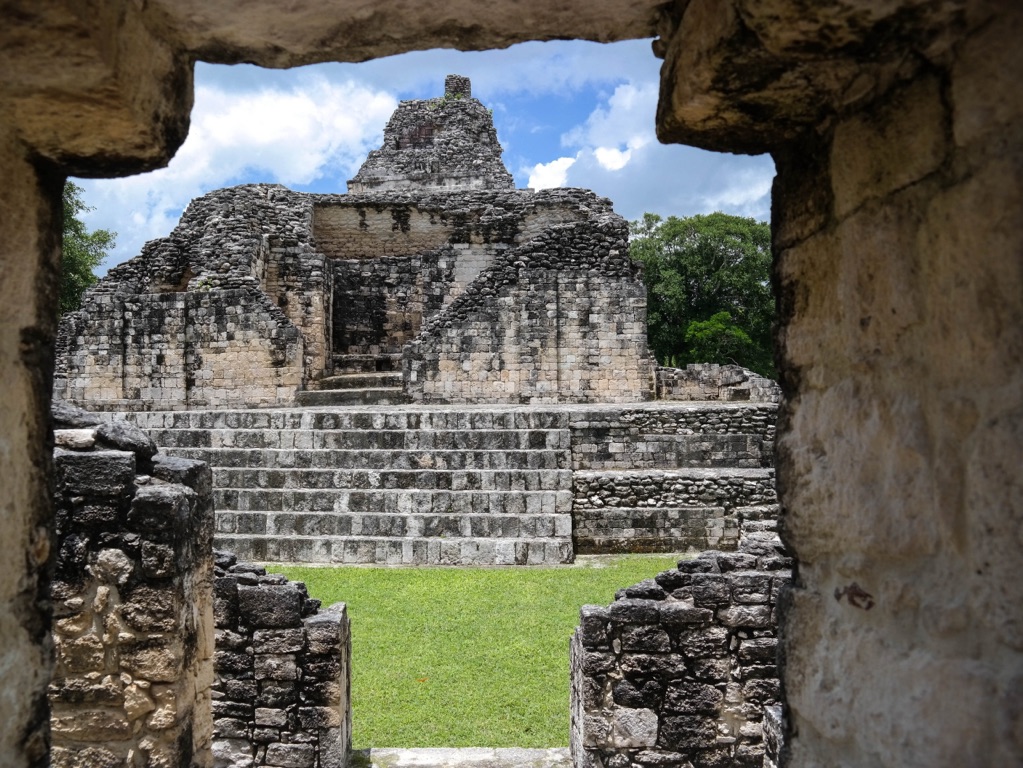Nestled in the heart of the Yucatan Peninsula, the Becan Mayan Ruins stand as a testament to a civilization’s brilliance. Spanning across seven square kilometers, Becan was once a bustling city surrounded by a moat for protection. This detail alone sets it apart from other Mayan sites. Tourists flock here to marvel at its complex structures, ornate decorations, and intricate stone carvings, which take you on a journey to a time when Mayan culture thrived. A visit to Becan offers a unique glimpse into the everyday lives, religious ceremonies, and rich heritage of the ancient Mayans.
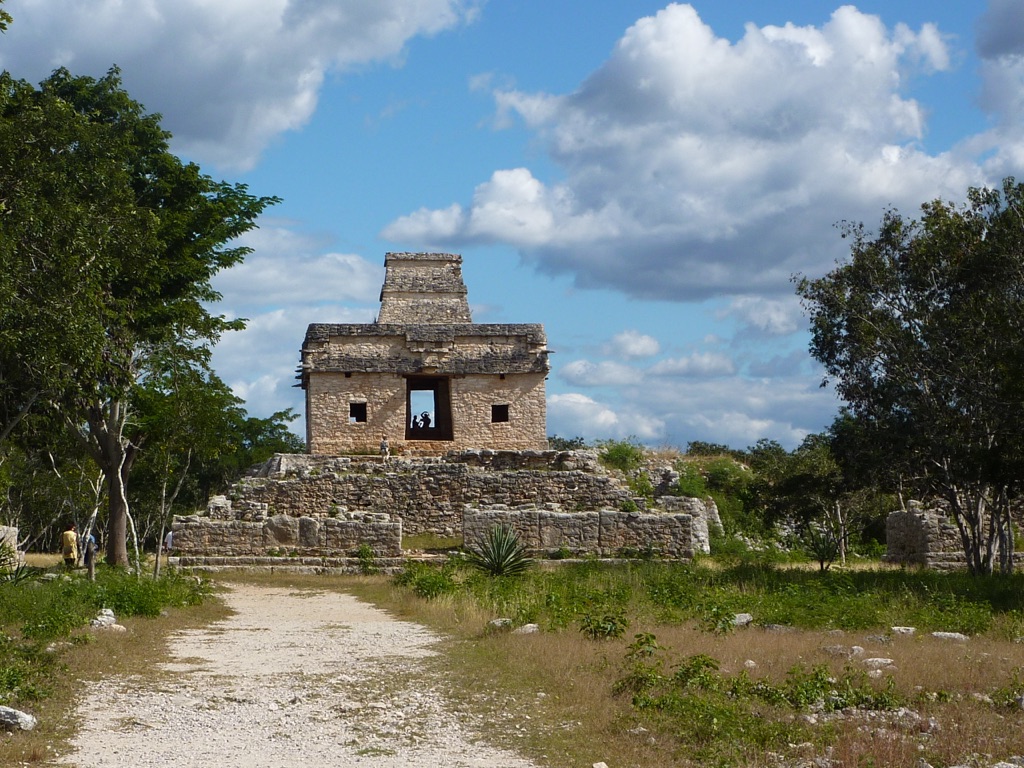
Dzibilchaltun
Nestled in the lush landscapes of Yucatan, Mexico, the Dzibilchaltun Mayan Ruins stand as a testament to the ancient Mayan civilization. This significant archaeological site once served as a thriving center for religious, commercial, and political activities. Its impressive structures and artifacts illustrate the advanced understanding the Maya had of astronomy, architecture, and the environment.
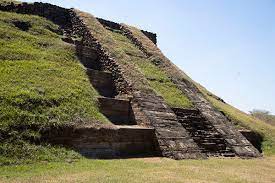
Cihuatán
Cihuatán is a gem in the historical landscape of El Salvador. This archaeological site once thrived as a pre-Columbian city. It speaks volumes about the ancient civilization that once walked its grounds. Visitors can explore vast ruins, including a ball court and pyramid structures. Each relic tells a story, hinting at cultural richness and complex social structures. Cihuatán’s significance goes beyond landscapes and ruins. It links us to a bygone era, showcasing craftsmanship and urban planning. These insights are precious to historians and travelers alike who seek to understand our universal heritage.
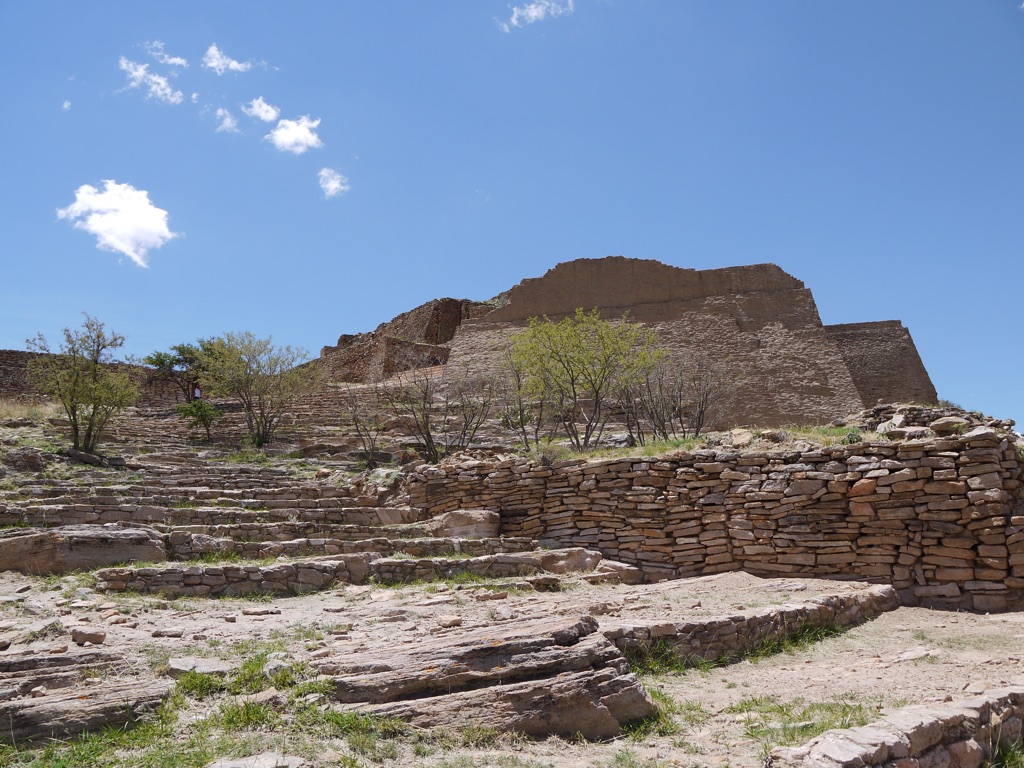
La Quemada
La Quemada stands as a monumental testament to the ingenious spirit of ancient Mesoamerica. Perched on a strategic hilltop in modern-day Zacatecas, Mexico, this historic site boasts impressive ruins that echo the tales of a once-grand civilization. Researchers suggest that La Quemada played a critical role in trade and cultural exchanges between northern and southern regions, succumbing to abandonment around 900 AD. Visitors today can wander through the Ball Court, climb the Votive Pyramid, and marvel at the vast complex of terraces and walls. Its origins remain shrouded in mystery, with connections to the Chalchihuites culture and ties to the legendary city of Chicomoztoc, adding to its enigmatic charm.
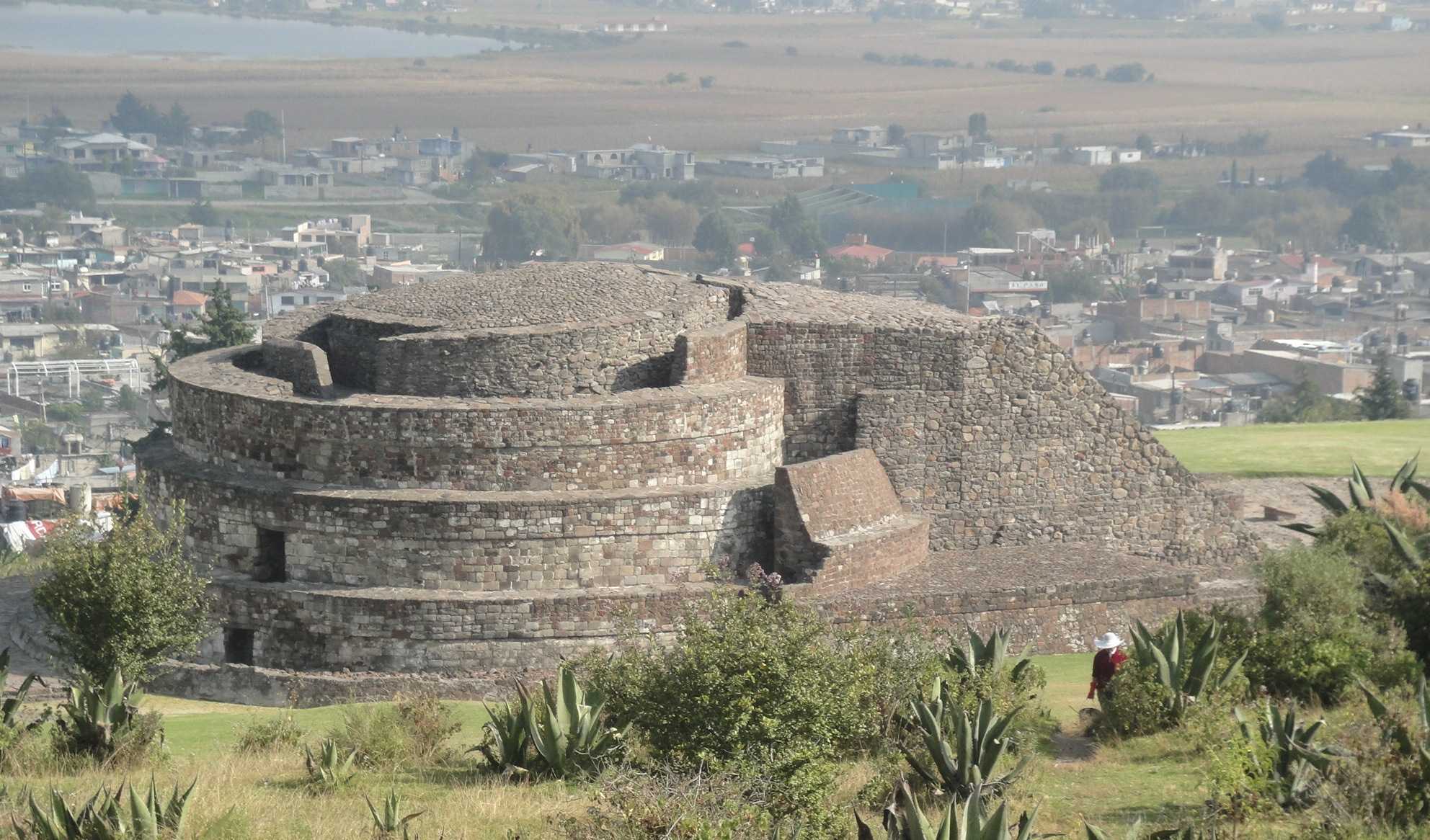
Calixtlahuaca
Calixtlahuaca, a captivating archaeological site, is nestled in the Toluca Valley, Mexico. This ancient city, once a thriving hub of the Matlatzinca civilization, is a treasure trove of history and culture. Its name, derived from the Nahuatl language, translates to “House on the Plain.” The site is renowned for its unique architectural style and the intriguing artifacts unearthed over the years.
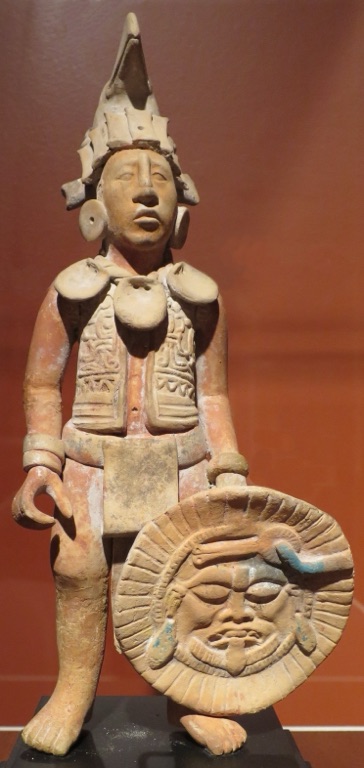
Mayan Civilization: Calendar, Pyramids & Ruins
The Mayan civilization, renowned for its awe-inspiring pyramids, advanced calendar systems, and durable ruins, offers a glimpse into an ancient world of innovation and spirituality. The Mayans left behind a legacy highlighted by their intricate Long Count calendar, which demonstrated a remarkable understanding of astronomy and the passage of time. Their pyramids, such as the famous El Castillo at Chichen Itza, not only served as temples for worship but also as testaments to their architectural genius and knowledge of celestial events. These structures are aligned with astronomical phenomena, like solstices and equinoxes, proving the civilization’s deep connection with the cosmos.

